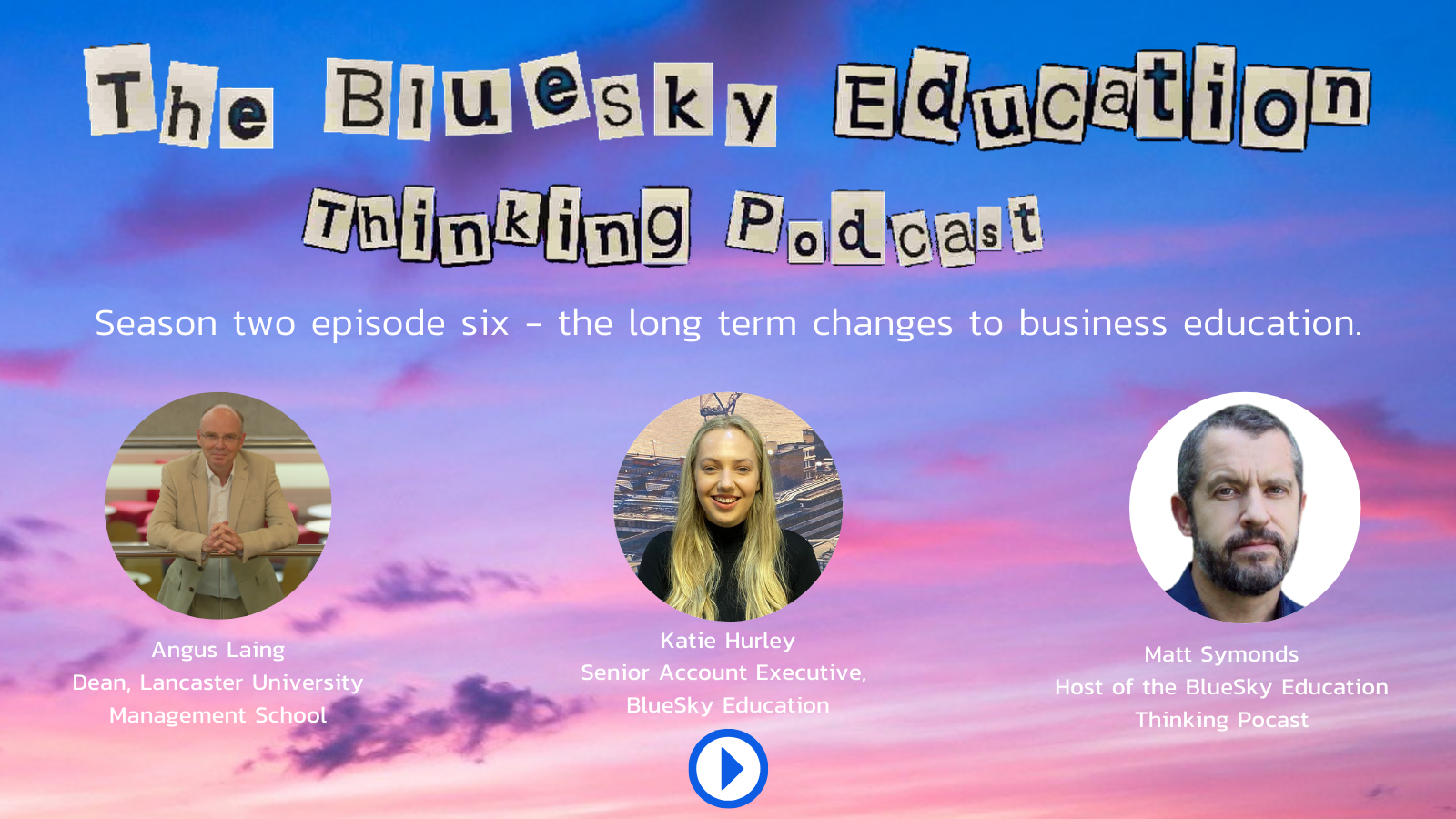Maximising the success of any institution or organisation often depends on having a winning PR strategy. Being able to impact the way in which your target audience – whether that’s stakeholders, prospective clients, and target consumers - perceive your organisation is vital to ensuring long-term success. And this doesn’t only apply to fashion brands, tech companies, or fast-food restaurants; this also applies to business schools and universities.
Despite the impact of COVID-19 on travel, the higher education and business education markets are still incredibly international. Prospective students and faculty have institutions from all over the world to choose from, making these sectors very competitive. This means PR is a vital component in these institutions achieving their goals of attracting students and faculty.
The past year has seen countries, companies and sectors all around the globe impacted by the COVID-19 pandemic, so institutions have had to invent and invest in new things: New ways of teaching in schools, new ways of delivering lectures in universities, new ways of keeping in contact with friends and family. On the science-side, new ways of vaccinating against a widespread virus and new ways of preventing the spread of infection.
The current pandemic has also impacted all areas of higher and business education and is proof that the world is constantly changing, which means PR must constantly change too. Once upon a time you would have had to call up individual journalists to pitch your ideas or stories. Now we can use email to send out a pitch and, in recent years, social media has become an important tool to reaching potential target audiences. Through most of 2020, we were unable to meet people face-to-face, so video calls have become an immensely important part of everyday working life. Who knows how technology, society, and the world will change in the next decade or so, and how this will further impact how we do PR?
When it comes to outlining a successful PR strategy, some of the basic aspects of the process may stay the same, while other aspects have changed:
Goals and audience
Before putting in place a PR strategy, you should know what you want your outcome to be. For business schools and universities, that might include demonstrating academic expertise through interesting research or increasing student numbers on a particular course or from a particular country. However, the current pandemic means that increasing student numbers from a particular country could be a struggle – but while the likes of physical MBA fairs aren’t possible, PR still is. In this case, it might be worth shifting your targets and focusing on recruiting from countries that are allowing travel for students to study abroad.
When looking to recruit extensively from abroad, then it is important to communicate to prospective students that your institution has provisions and regulations in place if they decide to study at your school: You need to communicate that your campus and buildings are COVID-secure if on-campus learning is going ahead and they need to know what the protocol would be if they are unable to travel home at any point during their stay on-campus. All important information needs to be available so students can confirm your institution is a safe place to study, as well as a top school.
You could also consider targeting more domestic applicants than previous years, increasing the use of PR at home as well as abroad. This could be done by demonstrating the success of domestic students studying at your institution or by emphasising the benefits of studying in your home country, including financial benefits or familiarity with the culture.
Events
One way of communicating what your institution can offer to journalists, to prospective students and to faculty used to be holding events at your school or participating in events with others schools. This was a great way to disseminate information to large target groups of people, including demonstrating the research your institution is involved in as well as what courses and opportunities you can offer. With many strict COVID-19 regulations still in place around the world, large events like this are no longer a reality.
Instead, virtual events have taken their place and can have an even wider reach across the globe than in-person events as attendees and target audience members don’t have to worry about travelling to the event location. They can simply turn on their laptop and participate in the virtual event, granted their internet connection holds out, no matter where in the world they are. This can enable business schools and universities the ability to reach students, faculty, and journalists in locations they may not have been able to before.
Global issues
Another strategy in PR is to refer to current global issues as they develop. For example, Brexit and COVID-19 are huge topics at the moment, as well as anything political in the US, especially following the most recent US Presidential Election.
Associating your PR strategy with current global news and trends might not be a new strategy per se, but the news topics you need to tap in to are always changing, despite Brexit and the pandemic feeling never-ending. This means you need to keep up to date with current news and trends and ensure your school is taking advantage of any opportunity to comment or provide opinion.







